I first saw Scottish Mountain Rescue in action a few years ago when I was walking in the Arrochar Alps up a Munro called Beinn Narnain.
I was approaching the summit when I first heard and then saw a SMR helicopter descend on a neighbouring mountain to retrieve someone who had fallen from a rock face.
Within minutes the helicopter took to the sky, taking the casualty to hospital.
I found out later on social media, the team had probably saved their life.
I had only recently taken up hillwalking and it was the first time I’d really given a lot of thought to how dangerous the mountains can be.
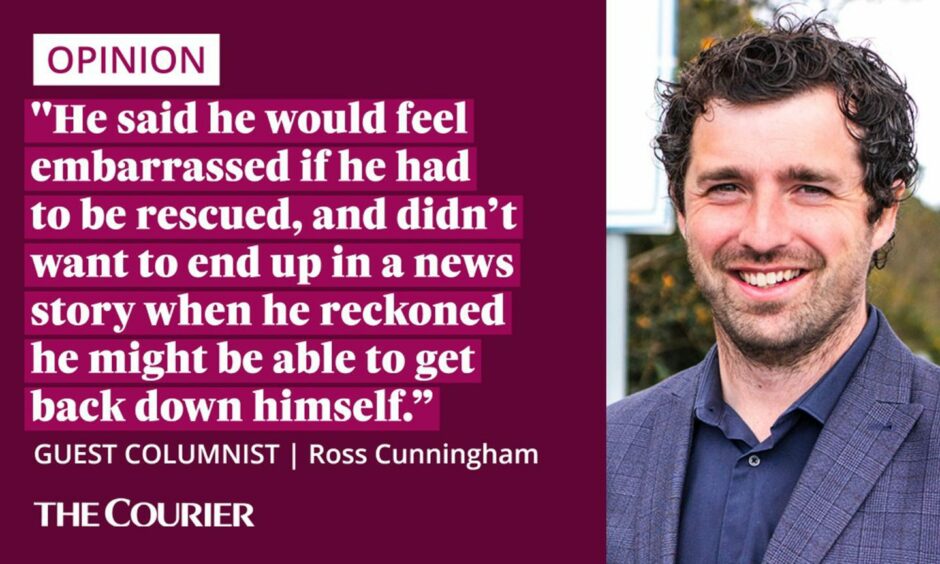
At that time I dreaded to think what kind of situation a person would have to be in to call mountain rescue.
Two years later I found out.
A friend in need
It was in the middle of a bitterly cold wintery day in January 2019.
I was working from home when my phone lit up and vibrated next to the computer screen.
It was a video call from my friend Stephen. When I answered I could tell he was on a mountain top somewhere – and that he was in a lot of distress.
“What’s happening? Where are you?” I asked him.
I made out the name of the mountain and learned he was unable to move from the summit because the wind was too strong.
He had set off earlier that morning believing the conditions to be manageable.
But the higher he climbed, the stronger the wind became – to the point where it literally blew him off his feet at the summit.
Is this a job for Scottish Mountain Rescue?
Unable to get back up, he had to crawl into a “bird’s nest”, a human-made bowl of rock near the summit that allows hillwalkers to shelter from the winds.
It was covered in snow and still very cold but it provided some respite from the gale.
I asked if I should call mountain rescue.
“No, don’t,” was his response.
There have been several notable Cuillin rescues for SkyeMRT over the last couple of days. https://t.co/45SBhXPbGx pic.twitter.com/mZf2G4nLJy
— Skye Mountain Rescue (@SkyeMRT) May 15, 2022
He said he would feel embarrassed if he had to be rescued, and didn’t want to end up in a news story when he still reckoned he might be able to get back down himself.
His plan was to wait and see if the winds would calm just enough to give him a chance of making it off the summit and out of the worst of the conditions.
That was at around 2pm.
Two hours passed and I hadn’t heard from him. When I tried to call, it kept going to his voicemail.
Was he still at the top? Had he fallen somewhere? Was he already back down off the hill but his battery had died?
As I looked out of my window in Glenrothes I could see the sun was beginning to set. It was then I made the decision – despite Stephen’s earlier protests – to call mountain rescue.
I didn’t want to live with the regret of not contacting them.
Reassurance – and then the relief
For anyone who hasn’t done it before, you first call ‘999’, ask for police, who you then ask for mountain rescue.
Scottish Mountain Rescue were great. I explained Stephen had been in trouble earlier in the afternoon and could well be off the mountain already.
“No, no you’ve done the right thing in calling,” they told me. “We’ll get out there to find your friend if he’s still up there.”
The sun was beginning to set as the helicopter headed out high into the hills to look for Stephen.
What a gift is the freedom of the hills!
For people aged from 18 to 25, whether beginners or already started, our Going The Extra Mile courses are a great value way to get that immensely rewarding feeling of self-reliance.https://t.co/qZqMgq7WAZ pic.twitter.com/8swXjUpGR1— Mountaineering Scotland (@Mountain_Scot) May 14, 2022
I can still remember how tense I felt.
My mind was imagining all the different scenarios. It was awful.
And then a message came through. He was ok.
He had lost a signal for a while but managed to crawl for about 200m to reach the descent route.
However he was still high up in the mountain, three miles or so from the car park with just his phone to light the way.
Mountain Rescue had texted him a link to open to let them know where he was and within minutes he had been pulled onto the helicopter and whisked away to base to recover.
He was a little shaken by the whole experience but thankfully he made it off the mountain safe and sound.
I’ll always be grateful to the rescue team for ensuring that.
Mountains mend minds – and Scottish Mountain Rescue makes it possible.
Scottish Mountain Rescue is a charity with hundreds of volunteers across Scotland.
They are ready to drop everything, including work, family commitments and sleep, to put themselves at risk by heading out into horrendous conditions to save the lives of others.
In 2021, the charity rescued 715 people and volunteers gave up 31,799 hours of their time.
This month is National Walking Month.
We’ve just had Mental Health Awareness Week.
Both give us a fantastic opportunity to promote the mental health benefits of the outdoors and of walking and hiking.
Hillwalking is something I have written about in the past after it helped me through a period of severe depression in 2017.
I can’t overemphasise the impact it has had on my life. And I’ve met many fellow hillwalkers who tell a similar story.
But it’s only because of the country’s mountain rescue teams that hillwalkers like me can enjoy the hills safe in the knowledge that if we ever need to call for help someone will answer.
For important safety advice before heading into the hills or to make a donation to the charity visit: www.scottishmountainrescue.org
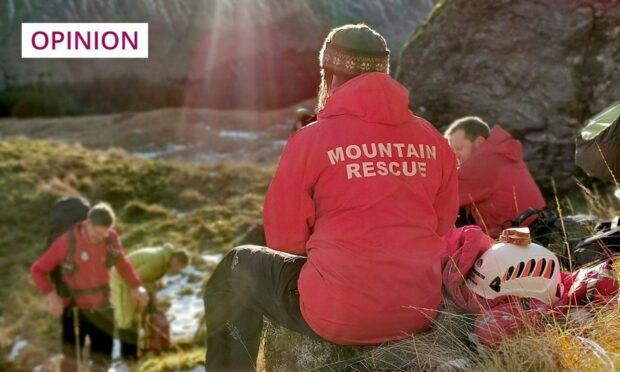
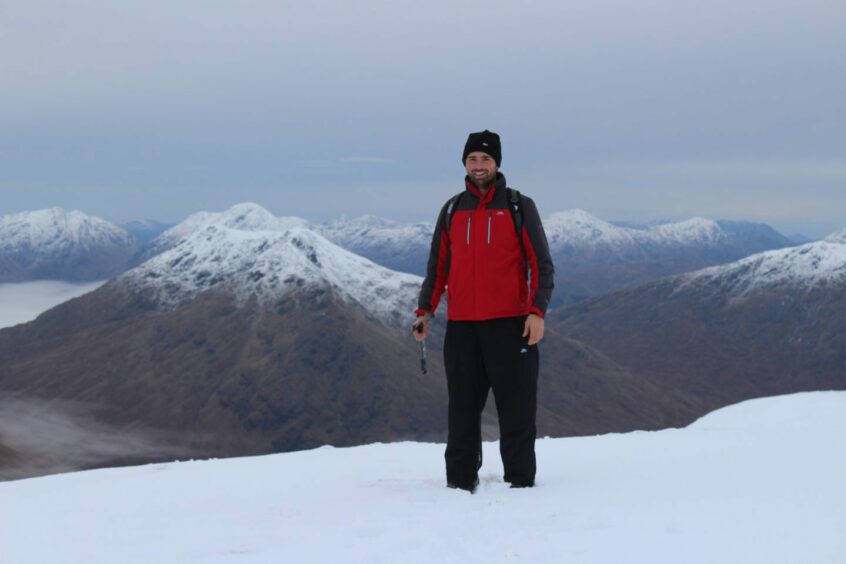
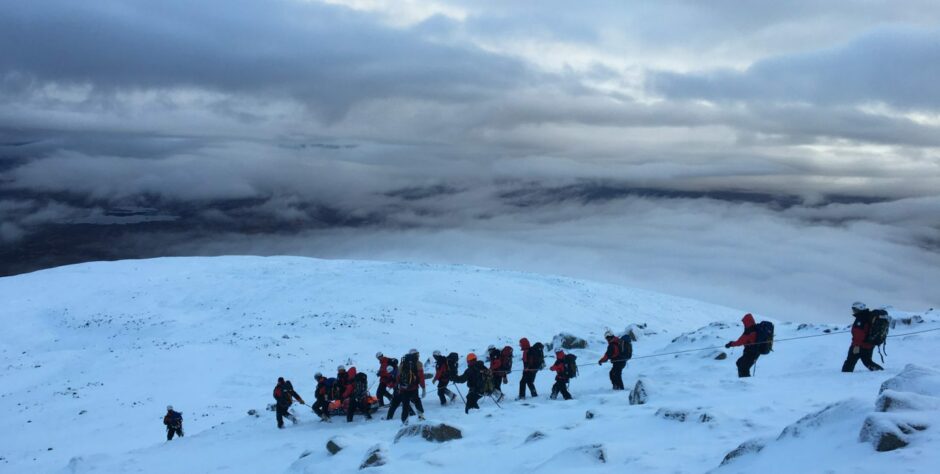
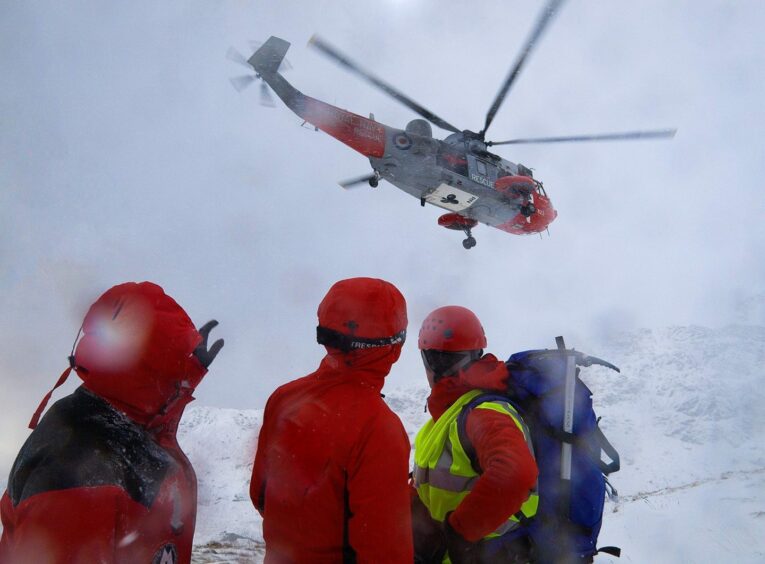










Conversation